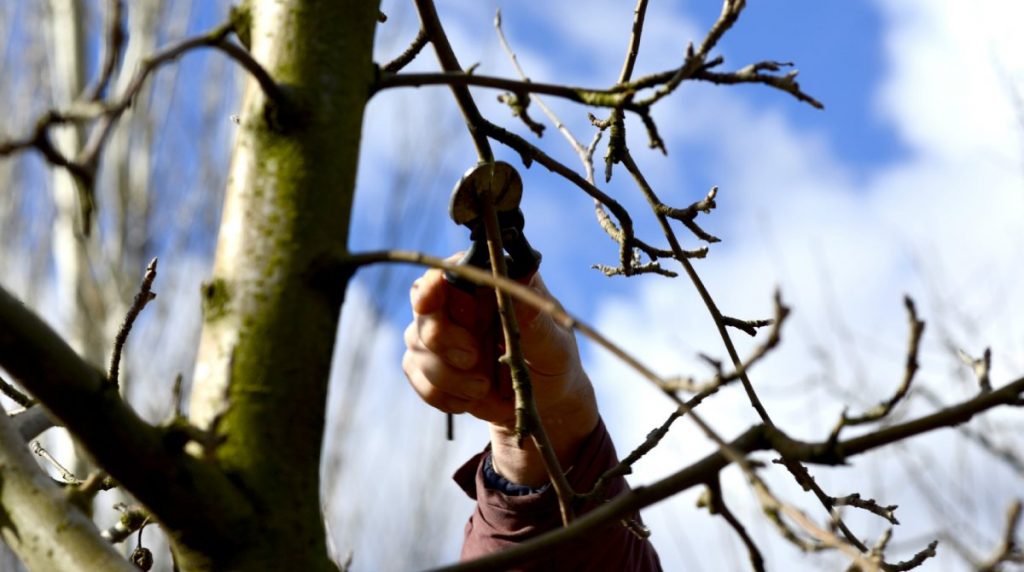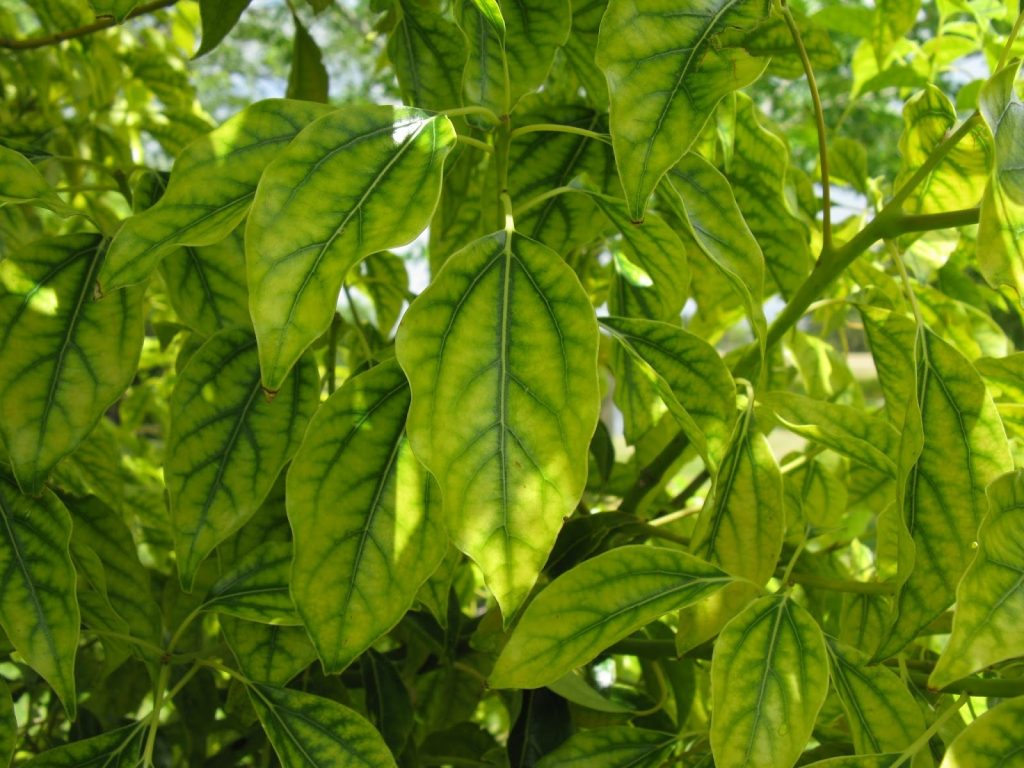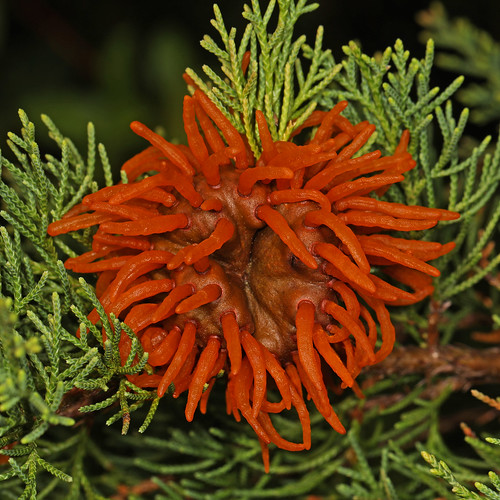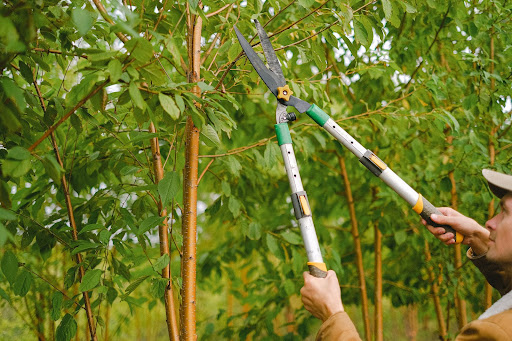
Date October 14, 2021
Category
No matter how green your fingers are and how many years of gardening experience you can count – pruning will always be one of the most intimidating tasks for any gardener. After all, getting pruning wrong can stunt your plants’ growth and cause irreversible damage.
In this state of fear, it can be easy to make a fatal mistake – that’s why many Dallas-Fort Worth homeowners and gardeners tend to avoid pruning altogether or cut back all plants without a clear purpose. And, both actions can be equally damaging! Pruning is essential to maintain good plant structure, promote growth, maintain stamina and vigor, increase fruit or flower production, and improve health. Yet, behind each cut, there’s a long-term view of what the plant will look like and how it will respond to pruning.
For these and many more reasons, pruning your plant in Autumn can be a terrible mistake. Learn about when and how to prune your plant and the tasks that need to be completed in the Fall in this guide by the tree care experts and ISA-certified arborists at TreeNewal.
Tree Pruning and Its Benefits: An Overview
Pruning is a vital aspect of tree maintenance – but not many gardeners look forward to the tree prune time of the year! And, in many cases, there is also a lot of confusion regarding what pruning is, what it is for, and when to do it.
Starting from the basics: pruning a tree refers to cutting back a percentage of a tree’s leaves and branches, depending on age and tree type. How and when pruning happens will depend on the reason for pruning.
Here’s is an overview of this important task:
- Pruning can be effectively used as disease management and prevention strategy.
- Pruning does change the shape and growth of a tree and can be used to correct growth issues during the formative years of your tree.
- Pruning promotes plant health and can be used to remove dead, diseased, or dying branches.
- Pruning for aesthetic reasons can encourage flower development, maintain a dense hedge, and encourage a plant to take a specific shape. This technique is frequently used in landscaping.
- Since pruning fuels a burst of growth and development in the plant, it should be done in the late dormant season of the plant, which equals late winter or early spring.
When done professionally by a tree care specialist, pruning can yield highly natural-looking results. Yet, when done without skills or a clear purpose, pruning can result in not-so-harmonious consequences and significant plant damage. If you are pruning near wires and cables, the whole process can also be hazardous!
Avoiding a Common Mistake: Should you not prune in the fall?
Now that you understand the value of pruning and its risks let’s look at why pruning in the Fall might not be such a good idea. Here are the two main reasons for avoiding Fall tree pruning:
- Pruning encourages growth – Pruning fuels in the plant a burst of vitality and growth. Yet, Fall is the season in which your plant prepares for the dormant months and will not grow as much as during the warmer months.
- Pruning increases the plant’s vulnerability – As the temperatures drop, your plants will focus their energy on their roots to absorb as much soil’s nutrients as possible. This is one of the reasons why leaves tend to fall in Autumn! Because of these physiological processes, the cuts you cause during pruning won’t heal in time, thus leaving the tree vulnerable and more prone to infection and diseases.
While these aspects are part of tree care and maintenance, completing pruning, cutting, and trimming tasks is a mistake to avoid!
When Is It Okay To Prune in the Fall?
As we have seen, pruning your trees in the Fall can expose your plants to infections and compromise their growth rate. But sometimes you might not have a choice.
Just in the US, 30 people a year are killed by falling trees and branches. And, as the warmth of Summer gives way to freezing temperatures, heavier downpours, and stronger wings, the likelihood of these accidents is going to increase!
That is why checking the structural soundness of your plants is an essential aspect of your Fall tree care routine. And what are you going to do if you realize that some of your tree branches are dead, diseased, or dying?
In these cases, the best option you have is to contact a tree care specialist. An ISA-certified arborist will leverage the fact that there are fewer leaves in the way to carry out a thorough exam of the structural soundness of your tree and decide on the best course of action.
Some of the alternatives that a tree care expert might put in place include:
- Pruning and trimming
- Cutting
- Cabling and installing braces
If you need to urgently prune the branch of a tree, keep in mind these rules to minimize plant stress:
- Choose a dryer, sunnier day. Humid and wet environments can cause the spread of bacteria,
- Always use sanitized tools that don’t come with the risk of transmitting diseases.
- Learn the basics of executing a cut and prune the branch as close to the main stem as possible.
- Stay away from cables and wires – ask a professional to help in that case!
Fall Tree Care: The Gardening Tasks To Complete in Autumn
As we have seen, pruning, cutting, and trimming tasks might not be standard aspects of your Fall tree care routine in the Dallas-Fort Worth area in Texas.
But this does not mean that there is nothing to do in your garden! Aside from enjoying the beauty of the leaves changing colors, several tasks need to be completed in Autumn – and following a strict schedule!
These include:
- Mulching and preparing the pants for the winter months
- Disposing of fallen leaves – in the trash or composting piles
- Delivering hydration and fertilizer
- Planting new trees and shrubs
Learn More About Pruning Your Trees
The ideal time for pruning is at the end of the dormant season, so in late Winter or early Spring. During this time of the year, the plant’s energy focuses on growth, healing, and restoration, meaning that the cuts you cause by pruning will close up in no time and support further development.
If you need emergency pruning services or you suspect that some of your plants’ branches have been weakened, get in touch with the ISA-certified arborists at TreeNewal and get tailored tree care advice.
To learn more about pruning call our Argyle and Southlake-based teams
at tel:(817) 592-6846 or send us a message.
We’re a little different than the average tree services company.
Learn more about TreeNewal’s ISA Certified Arborists!
Our Dallas/Fort Worth-based tree doctors can explain how sustainable tree care services add more value to your bottom line.
Healthy trees, healthy lives.








